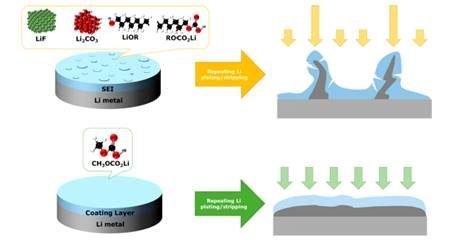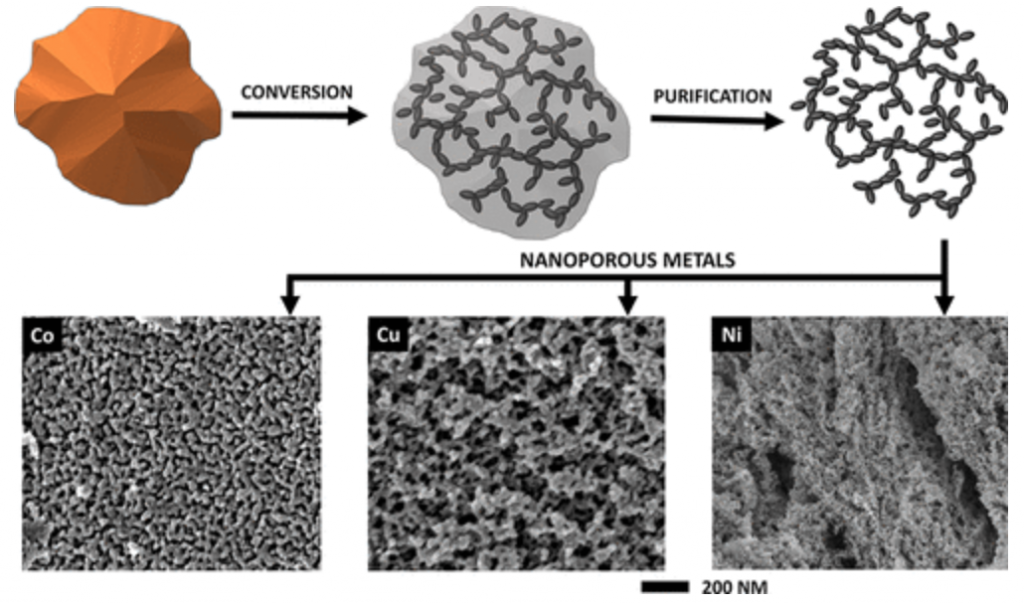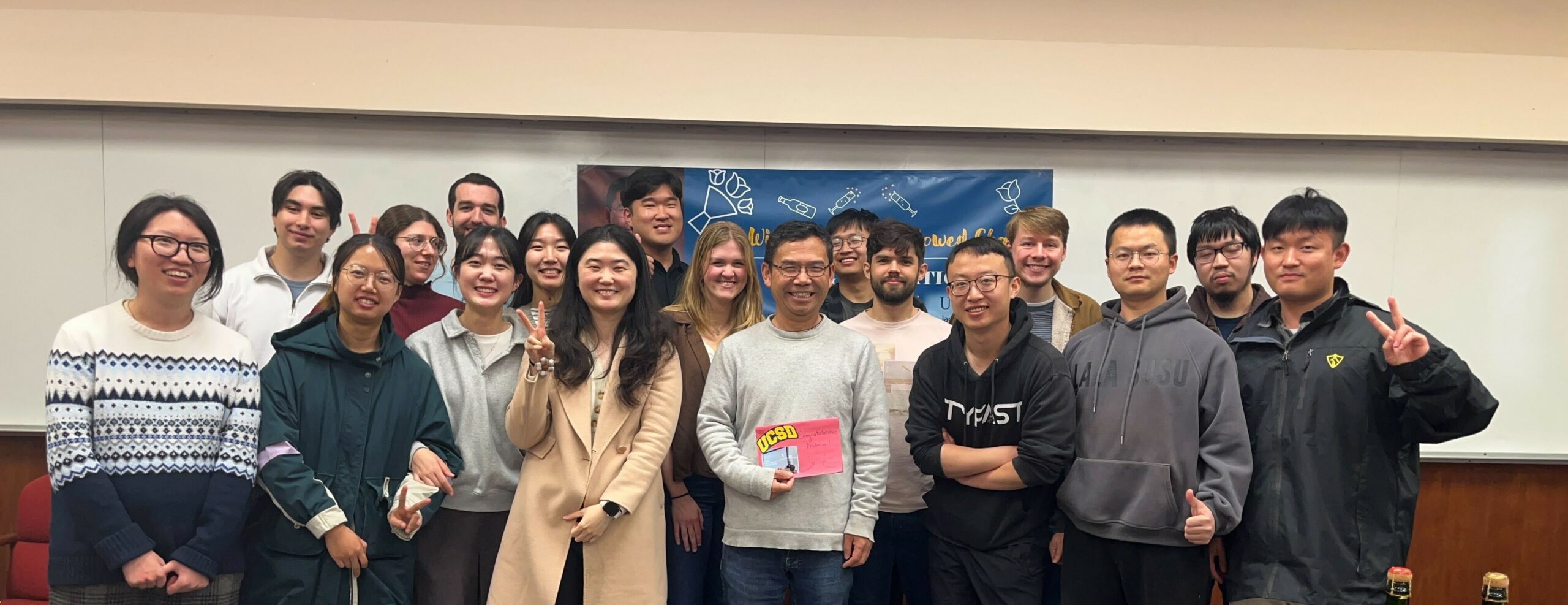Latest news
Our Mission
Global climate change is the defining challenge of the 21st century. It is imperative that we continue to improve energy efficiency and ultimately move to a carbon-neutral energy cycle. Electrochemical materials science plays a central
role in the transitioning into an electron driven energy conversion and storage society.
Our research has two inter-related themes:
1.) To develop low-cost, long-life energy storage systems to enable both a renewable energy-powered electric grid and an electric vehicle-dominated transportation system
2.) To study electrochemical processes that underlie a broad range of sustainability issues, including corrosion, low-grade waste heat utilization, and scalable production of functional nanomaterials
Research Topics

Li metal batteries
We hope to improve the cycling life and energy density of Li metal batteries through a multi-faceted approach.

Solid electrolytes
Solid electrolytes are used to minimize side reactions at the electrode surfaces in order to achieve higher power density and cyclability.

Li battery safety
In order for Li metal batteries to make it to market, it is imperative to develop safety mechanisms to protect against cell shorting.

Conversion Reactions
We utilize conversion reactions to synthesize nanomaterials and elucidate the thermodynamics of conversion reactions in batteries.


